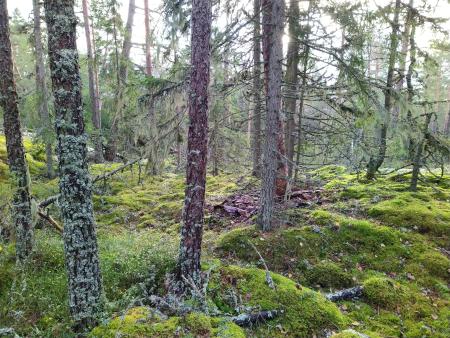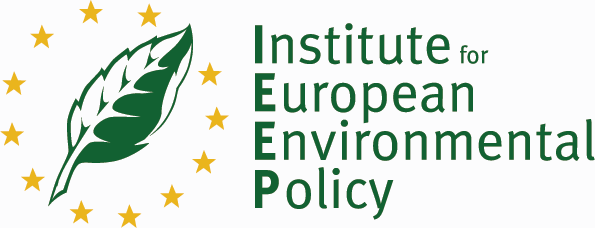
The starting point for assessing biodiversity impacts of products, production processes and management practices is usually different type of data. The most accurate results can be obtained with primary data, (i.e. through own data collection), but data gaps can also be filled with secondary information from private or public databases. At the same time, data gathering requires good understanding of what kind of data is needed, where it can be found and how can it be used.
This online webinar, organized by the CircHive BEEHive (Biodiversity Excellence of Enterprises) community will explain the basics for managing biodiversity data. We will present the latest updates from research institutions but will also focus on real experiences from companies – Stora Enso, Millwood and Agroderew.
Agenda:
-
Data availability in open-source databases, Daniel Kieling, Biotope
-
Development of the Swedish Food Biodiversity database, Karin Morell, RISE
-
Collection, harmonisation and use of field data, Ly Lindman, Stora Enso
-
How to start moving in the biodiversity direction: Ukrainian case within the frameworks of the CircHive project, Igor Bukhanevych, Millwood; Vasyl Bokalo, Agroderew; Orest Kiyko, Ukrainian National Forestry University
-
Q&A and discussion











